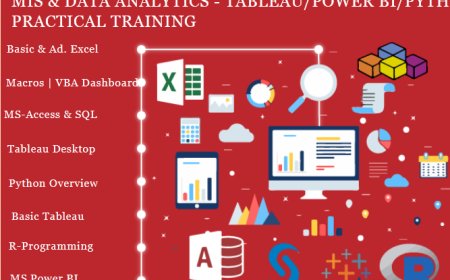Automated vs. Manual Crypto Calculations: Which is Better?

In the ever-evolving world of cryptocurrency, accurate calculations are essential. Whether you're trying to determine your profits, assess tax obligations, or calculate Bitcoin mining returns, precision matters. With the growth of automated tools, many investors and miners now rely on crypto calculators and spreadsheets to streamline decision-making. But is automated always better than manual calculations? And how do current regulatory discussionslike those surrounding Solana and the SECinfluence your strategy? Lets explore the pros and cons of both approaches and decide which one best suits your crypto journey.
Manual Crypto Calculations: Control and Customization
Manual calculations are often done using spreadsheets or by hand. This approach allows users to build custom models, adjust variables based on their specific strategy, and deeply understand the math behind their crypto investments.
Advantages:
-
Full Control: You decide how each input is treated, from mining difficulty to exchange fees.
-
Customization: Tailor your calculations to unique investment scenarios or less common altcoins.
-
Learning Experience: Manually tracking data helps users understand the underlying mechanics of crypto returns and risks.
Disadvantages:
-
Time-Consuming: Tracking multiple transactions, wallets, and tokens across various platforms can be labor-intensive.
-
Error-Prone: One wrong formula or data entry can lead to miscalculations and poor investment decisions.
-
Difficult with Complexity: As you scale your activitymining, staking, or tradingmanual tracking becomes less efficient and more prone to oversight.
For example, when trying to calculate Bitcoin mining profitability by hand, you need to factor in hardware efficiency, hash rate, power costs, Bitcoin price, and network difficulty. Keeping up with real-time adjustments and frequent changes in network difficulty becomes a challenge without automation.
Automated Crypto Calculators: Speed and Precision
Automated crypto calculators have surged in popularity because they offer real-time, error-reduced outputs. Whether you're assessing the profitability of mining or tracking a diverse portfolio, automation simplifies the process significantly.
Advantages:
-
Time Efficiency: Instantly compute profits, taxes, or ROI with just a few inputs.
-
Real-Time Accuracy: Live price feeds and difficulty updates ensure up-to-date calculations.
-
Ease of Use: Ideal for beginners or those managing multiple assets and transactions.
Disadvantages:
-
Less Transparency: Some calculators may not reveal their exact formulas, making it difficult to verify how results are calculated.
-
Limited Flexibility: Not all tools account for unique situations or new tokens, especially during sudden market changes or regulations.
-
Dependence on External Data: If the tool uses outdated or incorrect market data, the results can be misleading.
Automated calculators are especially useful when monitoring ongoing debates, such as regulatory uncertainty surrounding Solana and the SEC. As governments and regulatory bodies examine whether certain tokens qualify as securities, automated tools can help users quickly reassess their portfolio risk and adjust exposure as needed.
The Solana SEC Impact on Portfolio Calculations
The question of whether Solana is a security, as raised by the SEC, has implications for how investors approach compliance, taxes, and future investments. If a crypto asset is classified as a security, it may lead to additional reporting requirements or even delisting from certain platforms.
Whether calculating manually or automatically, investors need to be able to adapt quickly. Automated calculators that allow asset categorization or flag potential risk based on regulatory news provide a useful edge. Meanwhile, manual calculations may give users more control in modeling how such events could affect portfolio exposure or future taxes.
Which One Should You Use?
The choice between automated and manual calculations depends on your needs:
-
Use manual calculations if you want full control, have a small number of transactions, or are learning the basics.
-
Use automated tools if you manage a larger portfolio, mine crypto regularly, or want to save time without sacrificing accuracy.
If you're trying to calculate Bitcoin mining rewards or evaluate the impact of Solana SEC developments on your holdings, a hybrid approach may work beststart with automated tools for speed and then refine or customize the results manually for deeper analysis.
Conclusion
Both automated and manual crypto calculations have their strengths. Manual methods offer control and customization, while automated tools bring speed, efficiency, and real-time updates. With complexities like mining profitability and emerging regulations such as the Solana SEC debate, having the right calculation method is more important than ever. The smartest investors often blend both approachesleveraging automation for scale and precision while applying manual oversight for critical decisions. Ultimately, the best method is the one that helps you stay accurate, informed, and ready for whatever the crypto market throws your way.



















































